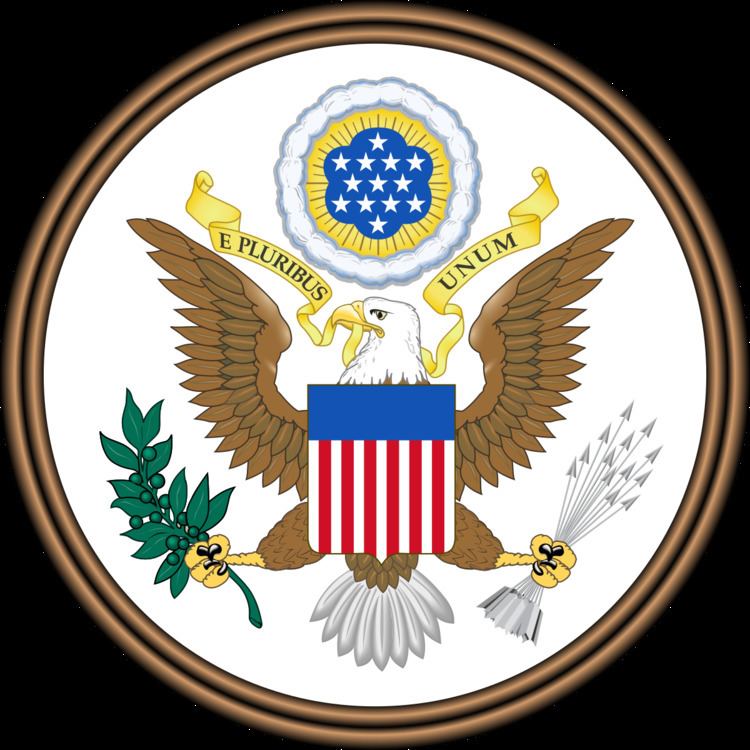Effective June 28, 1934 | Public law 73-486 | |
 | ||
Other short titles Farm Mortgage Moratorium ActFederal Farm Bankruptcy Act of 1934Frazier-Lemke ActFrazier-Lemke Farm-Mortgage Act Long title An Act to amend an Act entitled "An Act to establish a uniform system of bankruptcy throughout the United States", approved July 1, 1898, and Acts amendatory thereof and supplementary thereto. Statutes at Large 48 Stat. 1289, Chapter 869 | ||
The Frazier–Lemke Farm Bankruptcy Act was an Act of Congress passed in the United States in 1934 that restricted the ability of banks to repossess farms.
Contents
The U.S. 73rd Congressional Senate bill S. 3580 was signed into law by the 32nd President of the United States Franklin Roosevelt.
Background
Between 1933 and 1936, the United States Congress in conjunction with President Franklin D. Roosevelt passed several economic programs with the goals of giving work (relief) to the unemployed, reform of business and financial practices, and recovery of the economy during The Great Depression.
Roosevelt was interested in farm issues and believed that general prosperity would not return until farming was prosperous. Many different programs were directed at farmers. The first hundred days produced a federal program to raise farm incomes by raising the prices farmers received, which was achieved by reducing total farm output. The Agricultural Adjustment Act created the Agricultural Adjustment Administration (AAA) in May 1933. The act reflected the demands of leaders of major farm organizations, especially the Farm Bureau, and reflected debates among Roosevelt's farm advisers such as Secretary of Agriculture Henry A. Wallace, Rexford Tugwell, Lewis C. Gray and George Peek.
Bankruptcy Law Amendments
The U.S. 73rd Congressional session passed legislation during June 1934 which amended the Bankruptcy Act of 1898.
The S. 3580 farm bankruptcy law Pub.L. 73–486, 48 Stat. 1289 was enacted on June 28, 1934. The H.R. 5884 corporate reorganization law Pub.L. 73–296, 48 Stat. 911 was enacted on June 7, 1934.
The Frazier–Lemke Act
The Frazier–Lemke Farm Bankruptcy Act restricted the ability of banks to repossess farms. The Act amended the previously voluntary Section 75, adding subsection (s). Subsection (s) delayed foreclosure of a bankrupt farmers' property for five years, during which the bankrupt made rental payments. The farmer could then buy back the property at its currently appraised value over six years at 1 percent interest, or remain in possession as a paying tenant.
The S. 3580 bill was named for North Dakota Senator Lynn Frazier and North Dakota Representative William Lemke.
Court case
The law was challenged by secured creditors, and by May 1935, the Supreme Court reviewed the law in Louisville Joint Stock Land Bank v. Radford. The Act was ruled unconstitutional because it deprived secured creditors of their property rights in violation of the Fifth Amendment to the United States Constitution to the Constitution.
Modification and renewal
Congress responded by enacting the revised Frazier–Lemke Act, naming it the "Farm Mortgage Moratorium Act" in 1935. The terms were modified, limiting the moratorium to a three-year period. The revision also gave secured creditors the opportunity to force a public sale, although the farmer could redeem the sale by paying the same amount.
The law was challenged, but the Supreme Court upheld the law in Wright v. Vinton Branch of Mountain Trust Bank of Roanoke.
After expiring in 1938, the act was renewed four times until 1949, when it expired.
